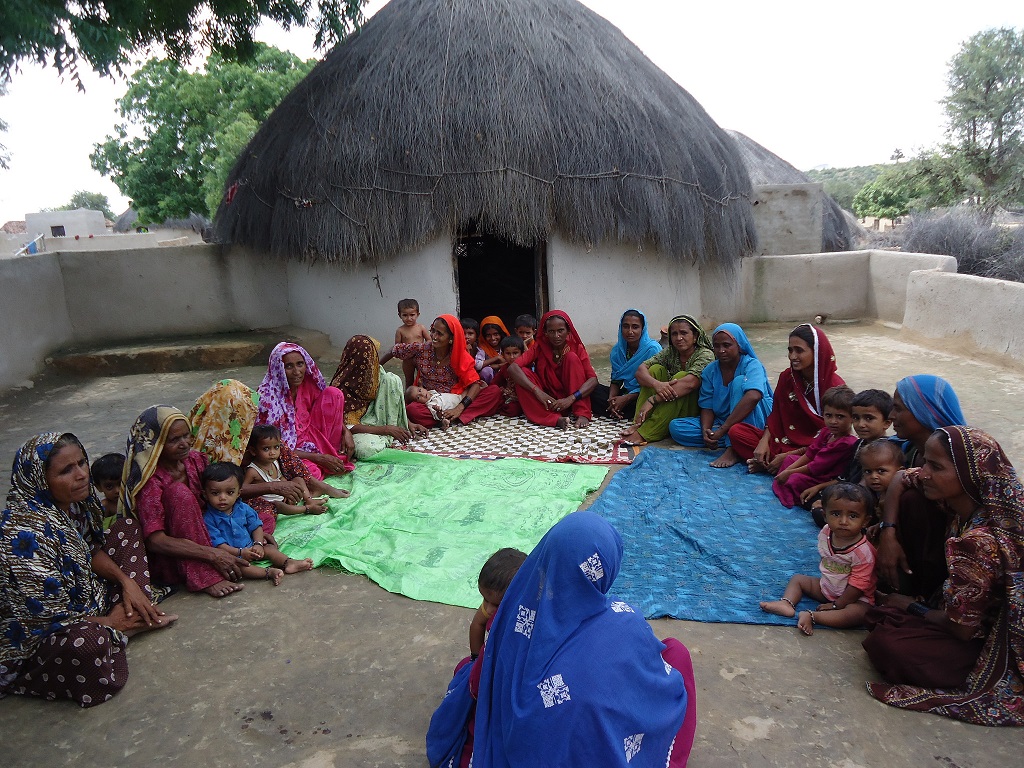This blog originally appeared on The Huffington Post.
The Institutionalizing Community Health Conference 2017 has a number of interesting sessions on community-based human resources for health – on community health workers (CHWs), volunteers, and health auxiliaries. Some of these discussions have been going on in the global community for a long time. And if we think clearly, some might be ready to be resolved.
The CHW reference guide suggests a classification of CHWs in four groups to clarify what we are talking about. I’ll simplify it even further for readers of this blog: let’s consider that one type of community-based worker — call them CHWs — is progressively moving toward more professionalization. They have more training, more time spent on services and activities, more income, and more integration with healthcare systems. Meanwhile, another type of worker – call them community health volunteers (CHWs) – is lesser-qualified, lesser-cost (or no cost), lesser control, and spending less time.
The value of volunteers for the advancement of national health strategies is problematic. On one hand, volunteers are by definition cheap. On the other hand, volunteer fatigue, turnover, and capacity issues can become serious constraints. Rights-based advocates also legitimately argue that requiring work for free is not ethical. But effectively organized, supported and managed volunteer efforts can yield impact, and volunteers can find motivations for continued engagement in spite of the absence of remuneration.
They allow a scale of intervention and reach in the community that trained and paid CHWs would struggle to achieve on their own. The examples abound: from Ethiopia’s Health Extension Workers plus Health Development Army model, to Ghana’s Community-Based Health Planning and Services model, to the Care Group, and participatory women’s groups. There is an abundance of models that can all be qualified as “dual models” – some type of paid professional CHW working with neighbors in the community, called CHVs.
I offer that we can solve the quandary about volunteers by changing perspective and the nature of the question. Let’s think, for a moment, from a community-centric perspective.
Regardless of the issue — economic, educational, vocational, health — kin and neighbor relationships and social networks (the in-real-life kind), are an important way in which households and parents resolve problems (including access to health care and promotion of healthy behaviors). Anytime a mother-in-law helps a young mother with her newborn, anytime a neighbor provides a meal to a young mother, anytime a women’s cooperative group discusses the health problem of one of its members or develops a plan for emergency transport, and anytime someone lends a car, volunteerism is at play.
When that volunteerism doesn’t take place, a community may lack crucial social capital, and will face major constraints in resolving issues, including health issues. You don’t need to fixate on low- and middle-income countries to understand that. When the 2003 heatwave in France killed thousands of vulnerable senior citizens, for example, it was not because of a poor health infrastructure. (It was ranked #1 by the World Health Organization in 2000, in fact.) It was due to an absence of social ties and neighborly attention. The response of the health system was to ask for more social engagement from families and neighbors, more volunteerism, and more ability of social workers (who fulfill many CHW roles) to engage with these volunteers.
So, if volunteerism is part and parcel of a viable, livable, healthy community, the question for health planners must change. It can no longer be: “Should we use volunteers?” It must be: “Since volunteering is central to the life of the community and to its health, how could we not build upon this tremendous human capital?” And also: “What relationships and partnerships do we need to form to mobilize and inform this human and social capital to achieve our health goals?”
Throughout the conference, look for the sessions where adaptive models are presented, especially when they combine a professional cadre of close-to-community health workers and partnership strategies that tap into communities and households themselves to promote and protect their own health. From a resilience and adaptive community health response perspective, I’ll personally keep a close eye on these “dual models.”

